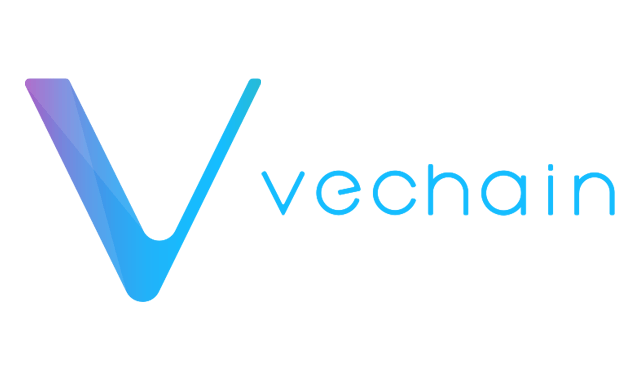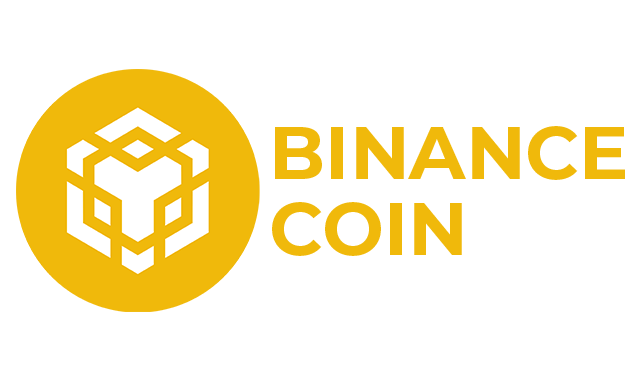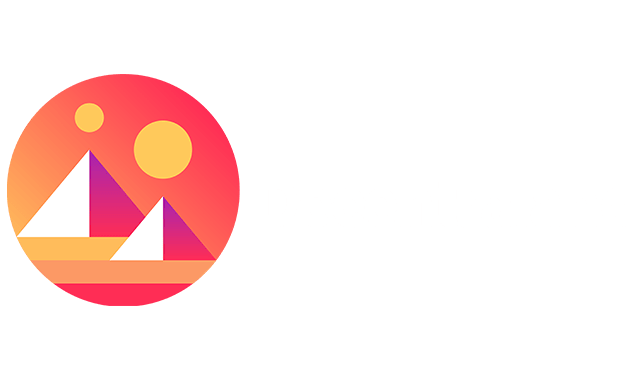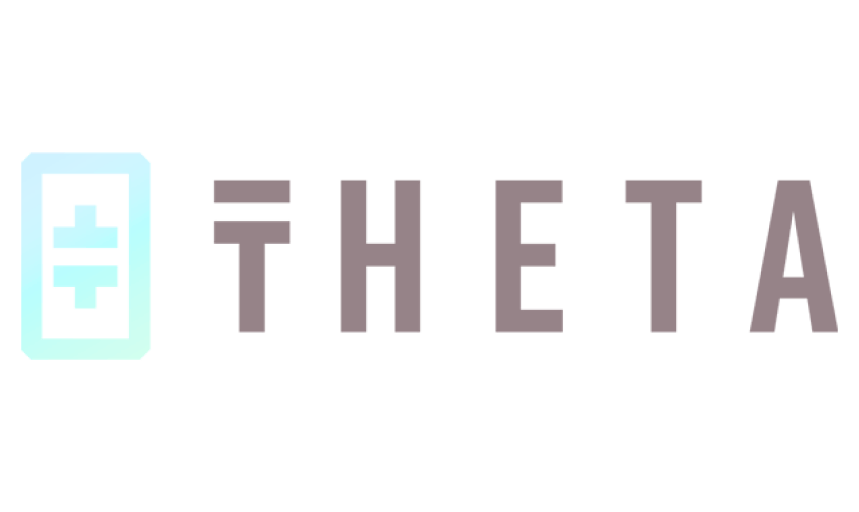Decentralized Finance (DeFi): Embrace Financial Freedom
Revolutionize your finances with DeFi. Join the decentralized finance movement and take control of your investments.

Balancer
Balancer (BAL) is a Decentralized Exchange (DEX) and Automated Market Maker (AMM). It functions as a self-balancing weighted portfolio, index fund, price sensor, and market maker. Additionally, it enables users to trade any assets due to its multi-coin pool system. Thus, creating marketability across all currencies.
Balancer allows the trade of crypto assets without needing a financial intermediary. Balancer Project was created to allow Ethereum (ETH) users to instantly swap their ERC-20 tokens without finding buyers and sellers through foreign exchange markets. Governing itself by smart contracts ensures transparency and security for all transactions on the platform.
For those unfamiliar with Balancer, this article will explain why it’s gaining traction in crypto and what it does.
What is Balancer Token (BAL)?
The Balancer (BAL) denotes a portion of ownership in the Balancer Protocol. Thanks to it, users can trade various tokens on a single platform, adding liquidity to the market.
Decentralization and marketability are trade-offs that need to be balanced. The Balancer Protocol does just that by facilitating efficient and equitable trading.
Users who contribute assets to a pool earn fees and can receive BAL, the protocol’s native governance token, as a reward.
Balancer users can provide liquidity to one of its many liquidity pools to earn “swap fees.” The fee incurred when someone wants to trade one crypto for another. One thing that makes Balancer platform unique is its technology which aims to balance the marketability of all cryptocurrencies in each pool.
Balancer Tokenomics
Here are some key details about Balancer’s tokenomics:
- Supply: The total supply of BAL is capped at 100 million, with 35 million allocated for liquidity mining rewards, 25 million allocated for the Balancer Ecosystem Fund, and 40 million allocated for the Balancer team and advisors.
- Distribution: BAL is distributed to market makers and traders who use the Balancer. Liquidity providers earn BAL as a reward for providing liquidity to pools. At the same time, traders receive BAL as a portion of the transaction fees generated by the platform.
- Governance: BAL holders can participate in the governance of the Balancer by submitting and voting on proposals. These proposals can include changes to the platform’s fee structure, new features, or upgrades to the protocol.
- Staking: BAL holders can also stake their assets to receive a share of the protocol’s transaction fees. This staking mechanism, known as BAL Rewards, incentivizes long-term holding of BAL.
- Burning: A portion of the transaction fees generated by the Balancer is used to buy back and burn BAL, reducing the total supply in circulation and potentially increasing the value of remaining tokens.
How is the Balancer Protocol useful?
It provides several key features that make it useful for a variety of purposes:
- Portfolio manager: Balancer works as the creator of custom portfolios of assets and manages their weightings in a single pool. This makes it easier to manage a diverse investment portfolio and track its performance.
- Automated market-making: Balancer uses a mathematical formula to maintain the balance of assets within a pool. This allows for efficient price discovery and minimizes slippage for users executing trades.
- Liquidity provision: Pools can provide marketability to other DeFi applications, such as AMMs and lending protocols. This helps to ensure that these applications have enough assets to fulfill user demand and minimizes the risk of flash loans.
- Decentralized Exchange (DEX): Balancer also functions as a DEX, allowing users to trade assets without relying on centralized intermediaries. This reduces the risk of censorship, hacking, and other security vulnerabilities associated with centralized exchanges.
What are Balancer Pools?
When we talk about pools, we’re talking about a particular kind of ETH blockchain-based DEX crypto market depth pool. By depositing assets, which are subsequently pooled with other assets to form a single pool, users can contribute liquidity to the pool.
The main issues that DEX faces, such as poor market depth, high slippage, and a constrained selection of assets, are addressed. In addition, balancer pools attempt to give traders on the DEX a more effective and user-friendly experience by pooling assets and rebalancing pools.
Additionally, it gives liquidity providers access to a greater variety of assets and the chance to earn trading commissions and governance tokens.
Types of Balancer Pools
- Private Pools – Only the owner has complete parameters of the pool and can add market depth.
- Shared Pools – The number of tokens, token weightage, and fees can only be permanently fixed once by the creators of shared pools. It allows anyone to create or add liquidity to the common pool; the creator has no particular rights. A unique token is the Balancer Pool Token (BPT) tracks who owns the pool.
- Smart Pools – Unlike private pools, smart pools use smart contracts as controllers, allowing arbitrary logic to control changing parameters. Anyone can add money to a smart collection, and BPT keeps track of who owns certain assets.
What makes Balancer unique?
The Balancer is unique in several ways:
- Customizable Pools: Balancer offers users to create their own custom pools with up to 8 tokens and customize the weightings of each token in the pool. Contributing to customizable liquidity pools and receiving transaction fees enables users to make money using the BAL. Users can create pools that reflect their investment strategies and preferences.
- Dynamic Fees: Balancer’s fee structure is dynamic, meaning that pool creators can set fees based on the demand for each token. This incentivizes market makers to add depth to pools with high-demand tokens and reduces the cost of trading low-demand tokens.
- No Minimum Deposit: Unlike other DeFi platforms, Balancer has no minimum deposit requirement, making it accessible to a wider range of users.
- Governance: Balancer is governed by a decentralized autonomous organization (DAO), meaning asset holders have a say in the platform’s development and decision-making processes.
Where to buy or sell Balancer?
Purchases of Balancer (BAL) can be made on controlled top exchanges like Binance, Huobi, or Kraken, as well as DEX like Uniswap or Balancer Exchange. Setting up a wallet storing Ethereum and ERC-20 tokens is crucial before purchasing BAL. You should also carefully investigate and evaluate the costs, safety precautions, and reputation of the exchange you intend to use.
How to Buy Balancer?
To purchase Balancer, you need to follow these steps:
- First, choose a cryptocurrency trading platform that supports BAL.
- Create an account on the trading platform and verify your identity.
- Add funds to your account using a bank transfer, credit/debit card, or other cryptocurrencies.
- Buy by placing an order specifying the amount and price.
- Transfer it to a secure wallet for safekeeping.
Remember to thoroughly research the trading platform before trading and consider factors like fees, security, and user experience when choosing an exchange.
How can Balancer (BAL) be mined?
Balancer (BAL) is not a mineable cryptocurrency, meaning it cannot be mined like Bitcoin or other Proof-of-Work cryptocurrencies.
Instead, Balancer uses a different consensus mechanism called Automated Market Making (AMM). The Balancer is a decentralized exchange developed on the Ethereum blockchain. It uses an AMM algorithm to determine the price of tokens traded on the platform.
Balancers (BAL) are mined by liquidity providers contributing to their pools and stake their LP assets. This means that users can deposit two or more tokens into a pool, and in exchange, they receive a share of the trading fees generated by that pool. The number of tokens that provide the liquidity one can earn is proportional to the amount of marketability provided and the time it is held.
In addition to earning assets by providing marketability, users can earn tokens by participating in the platform’s governance. BAL holders can vote on proposals to upgrade the platform, adjust parameters, and allocate funds from the Balancer treasury. Governance participants are rewarded with tokens for their participation.
How does Balancer compare against its competitors?
Balancer (BAL) allows users to trade cryptocurrencies in a decentralized manner. Its main competitors are other DEX platforms such as Uniswap, SushiSwap, and Curve Finance.
Compared to its competitors, Balancer has several unique features that set it apart. One of the most significant differences is its automated market maker (AMM) system, which allows users to create custom liquidity pools with up to eight tokens. This makes it easier for users to trade less popular tokens, which may need more liquidity on other DEX platforms.
Balancer also has a dynamic fee system that allows liquidity providers to earn higher fees for providing liquidity to pools with lower liquidity, incentivizing them to add liquidity to smaller pools. Additionally, Balancer has an integrated token-swapping feature, allowing users to swap between different tokens on the platform without having to leave the platform.
However, Balancer has a smaller user base compared to its competitors, which can lead to lower liquidity and higher slippage. It also has higher gas fees than some competitors, making trading more expensive for users.
Balancer offers unique features but drawbacks, such as lower liquidity and higher gas fees. Ultimately, the choice of the DEX platform will depend on the individual user’s preferences and priorities.
Balancer History
The Balancer is an AMM and DEX protocol on the Ethereum blockchain that was launched in March 2020. It was founded by Fernando Martinelli and Mike McDonald. It has gained popularity as a Decentralized Finance (DeFi) platform for trading and investing in various cryptocurrencies.
Of the total supply of 100 million created tokens, 25 Million were reserved for the team, core developers, investors, and advisors. In addition, 5M was allocated to the Balancer Ecosystem Fund, which would be used as incentives for strategic partners. Finally, another 5M was allocated for the fundraising fund. This fund will support its operation and growth at future fundraisings.
On February 10, 2021, Balancer Labs announced a $5 million investment round led by DeFi mainstays Three Arrows Capital and DeFiance Capital. The two VCs now join Pantera Capital and Alameda Research in investing, bringing its series A round to $12 million raised.
Balancer Labs also runs a Bug bounty program that was updated with the release of the V2 version in April 2021.
Improved marketability, arbitrage opportunities, lessened slippage, and decreased trading fees are just a few of the new features and enhancements Balancer has added to its v2 edition compared to its previous version. In addition, it offers aid to users in building and overseeing unique asset pools that can be utilized to earn income and participate in DeFi applications.
The Balancer is becoming an increasingly popular DEX platform among cryptocurrency traders and investors.
BAL Price Statistics 2023
BAL Price Live Data in USD
Balancer Value and Market cap
The daily trading volume
What is the all-time high and all-time low for Balancer (BAL)?
Related Crypto




